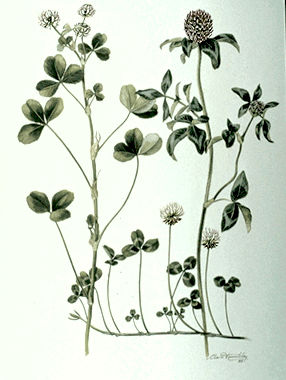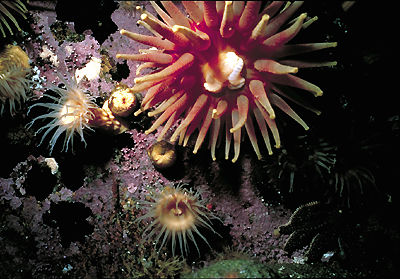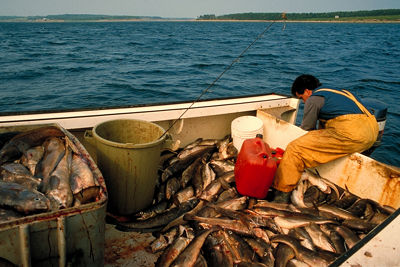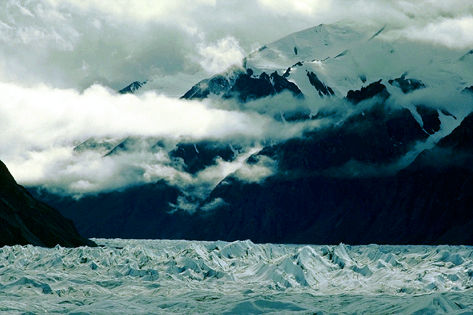Article
Climate
Climate is often defined as average weather, when weather means the current state of the atmosphere. For scientists, climates are the result of exchanges of heat and moisture at the Earth's surface. Because of its size, Canada has many different climates.













